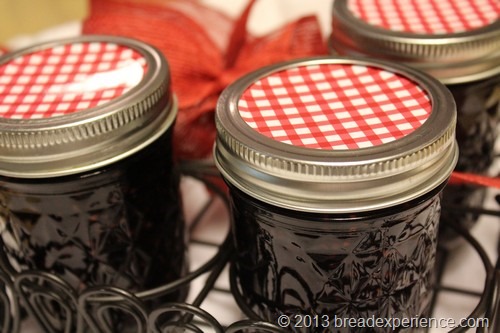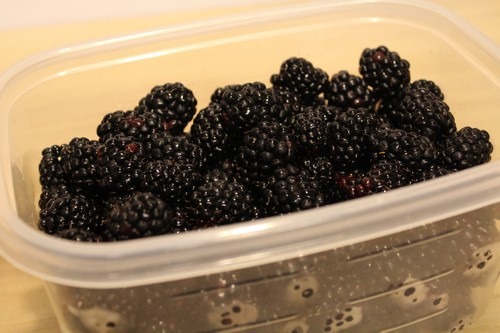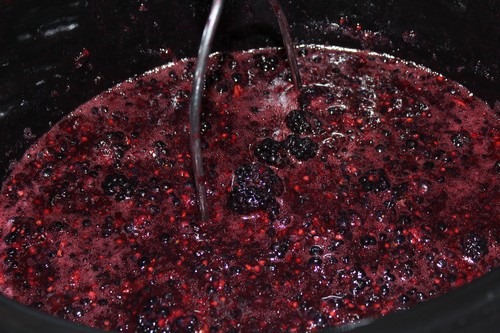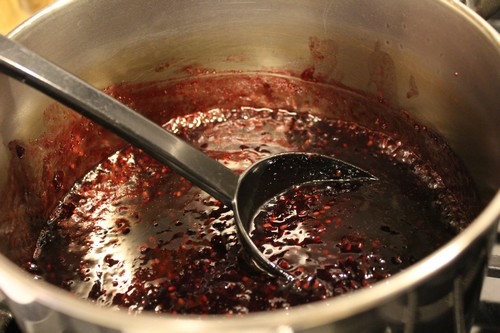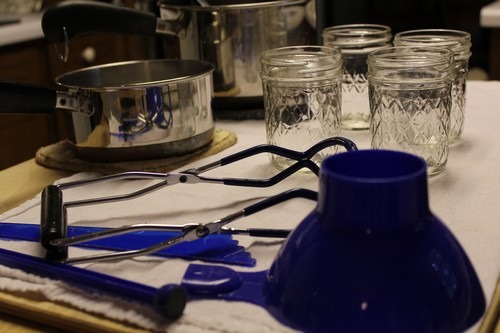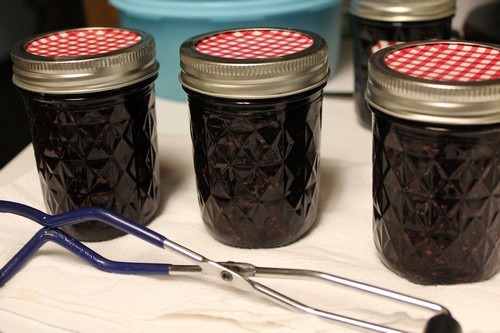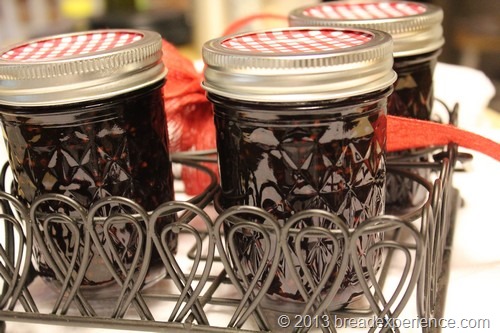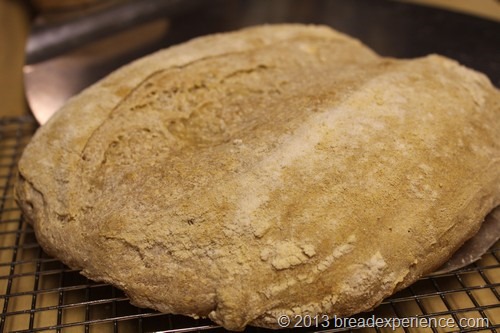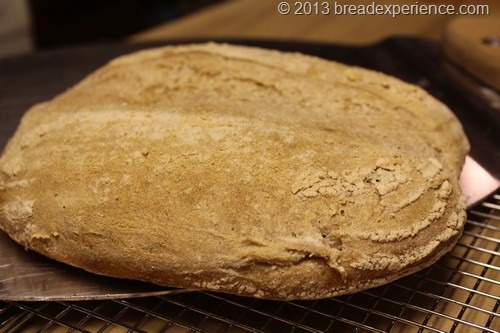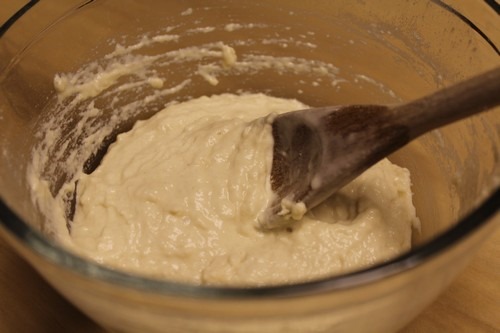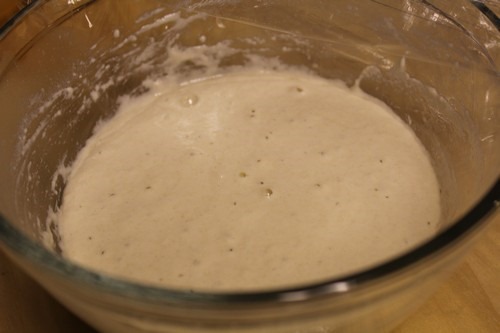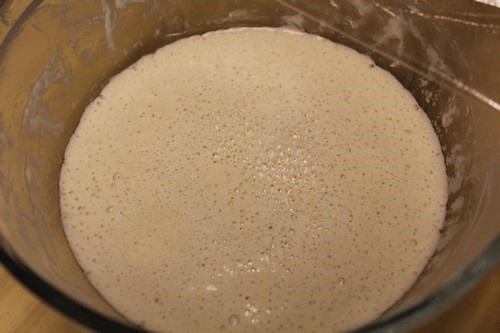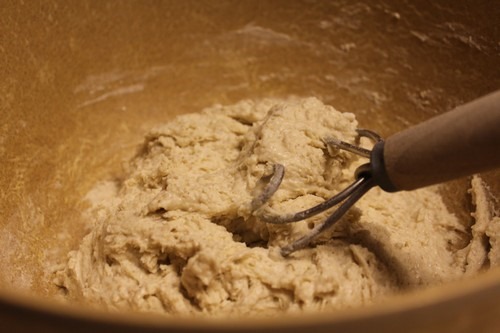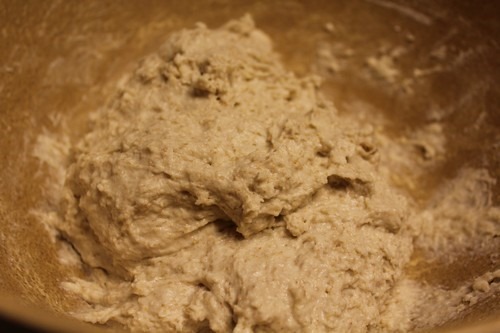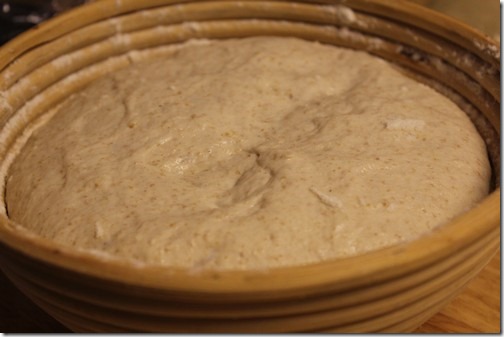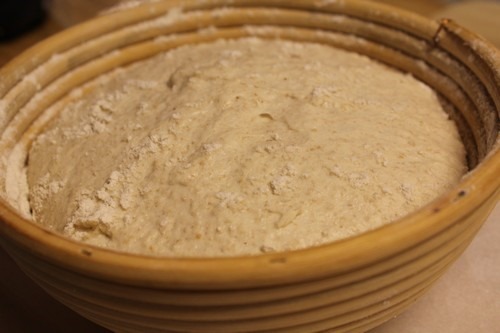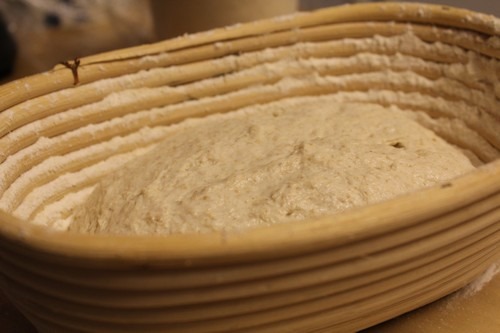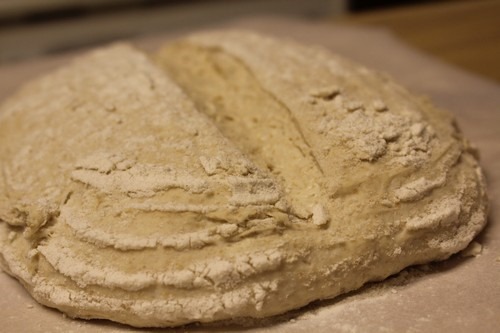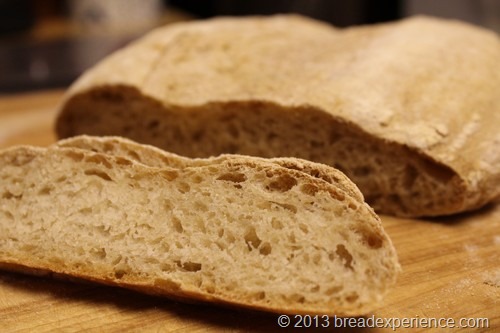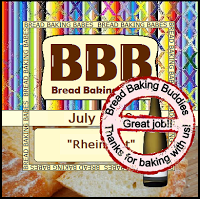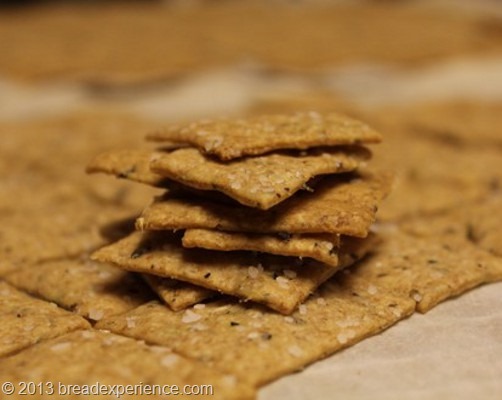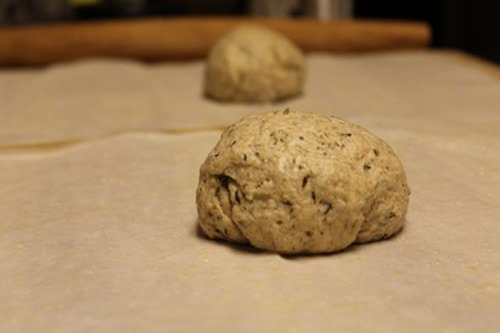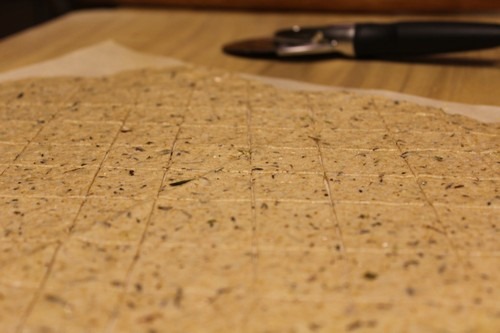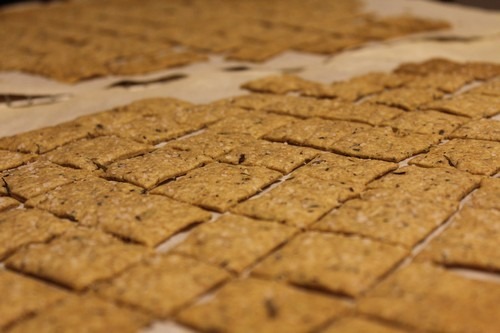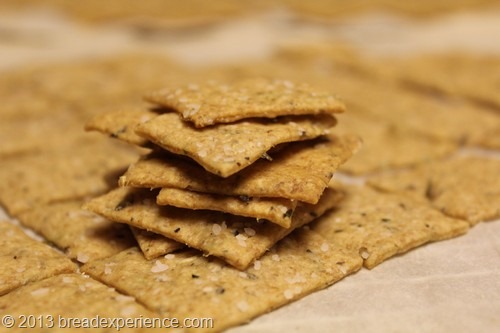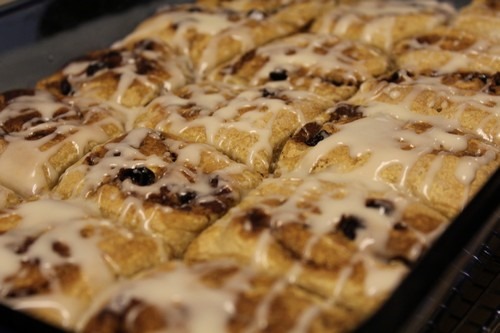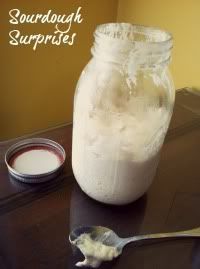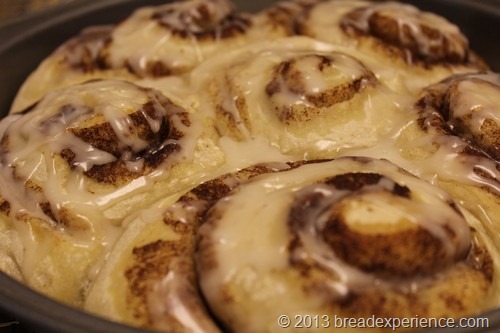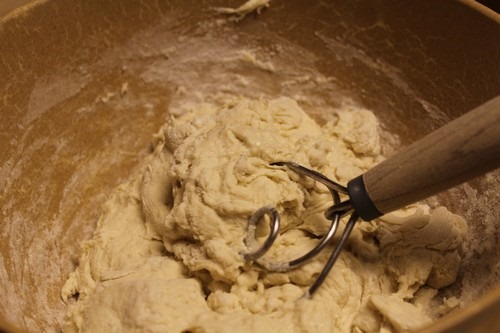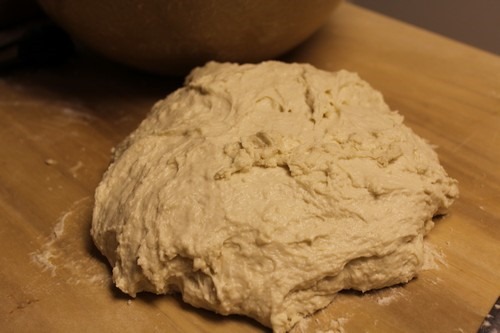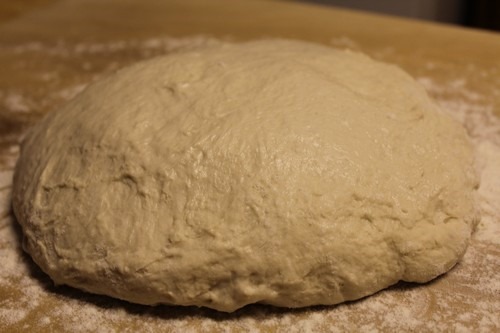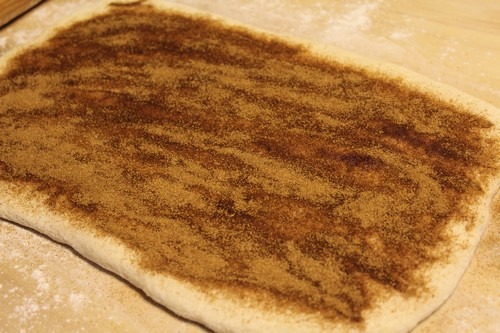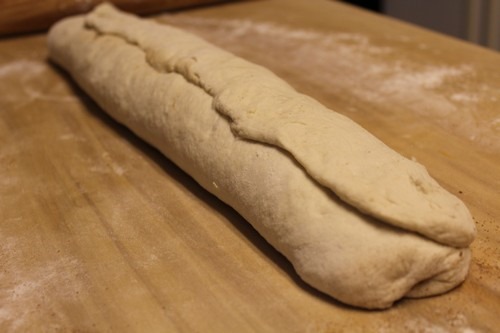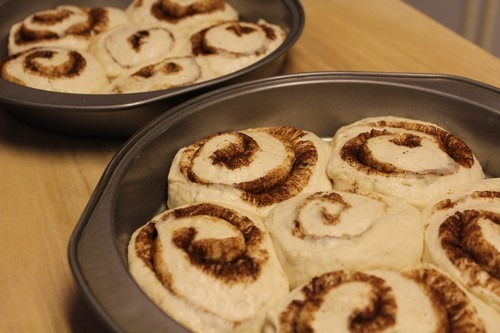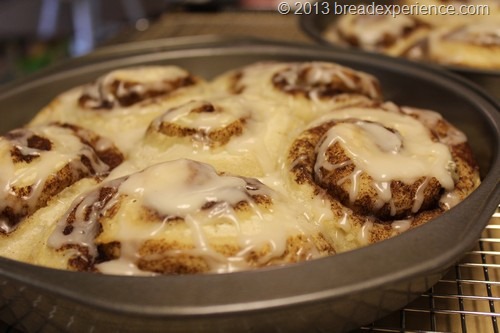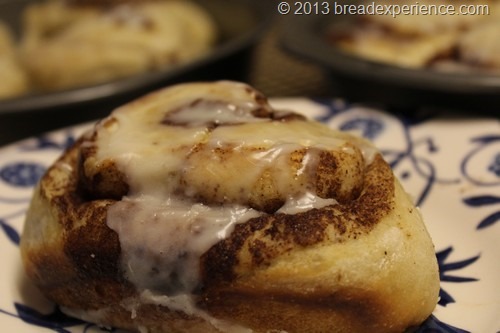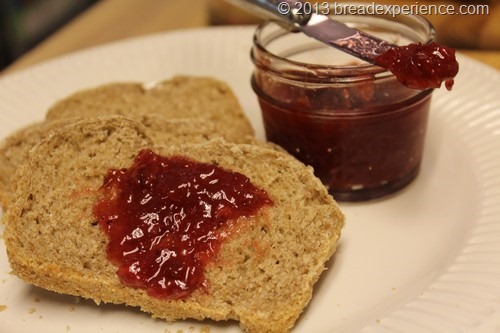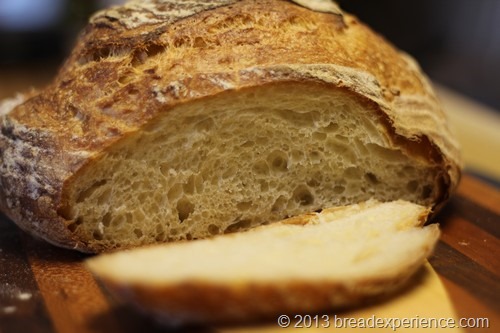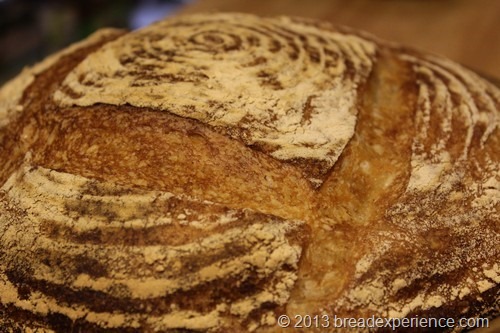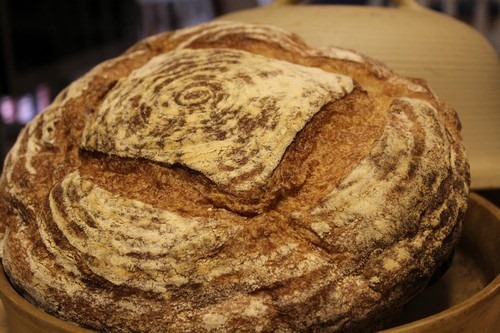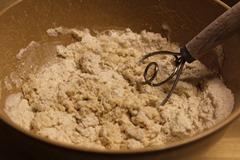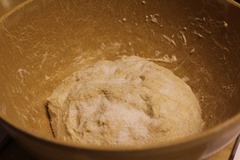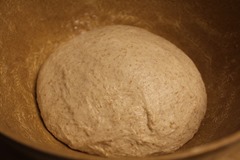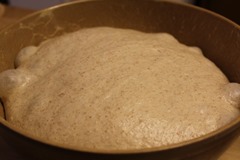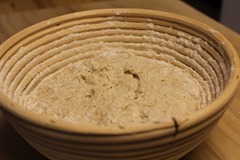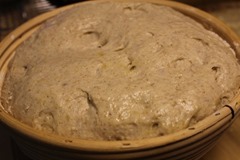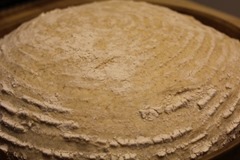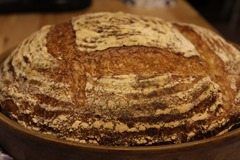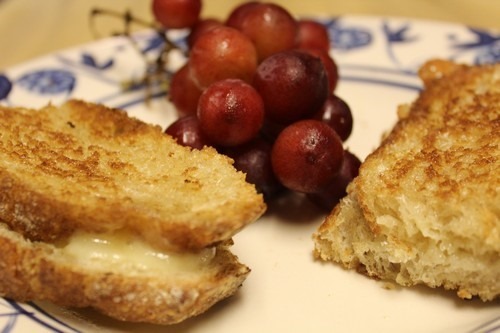It’s been a while since I’ve participated in the Can It Up! Challenge hosted by Hima at All Four Burners.
I got a new cooktop and I was nervous about messing it up with water-bath-canning. I let several months of jamming pass me by, but when it came time to can berries, I just couldn’t resist any longer. The jam-making bug hit. It was time to make some blackberry jam.
One Saturday, I talked my sister into going to our favorite farm to get some blackberries and peaches. We each got a gallon of blackberries. I ate most of the berries, but I did save some for this blackberry jam and some for another canning project. You’ll have to stay tuned to find out about that one.
Since I’ve made blackberry jam a few times, I wanted to do something different this time. So I decided to make it in a crockpot. I made apple butter in a crockpot with great success so I wondered how it would work with blackberries.
I went to one of my favorite places for inspiration – Pinterest, of course. I found this Crock Pot Blackberry Jam recipe from Repeat Crafter Me. Sarah has some really cute downloadable recipe cards for this jam so you’ll want to check out her post.
I took it a step further and canned it using the water-bath-canning method. I also enhanced it by adding a couple vanilla beans.
Last year, when I made vanilla strawberry jam, we loved it so I thought this would be a nice touch for the blackberry jam. Boy was it ever! I really enjoy blackberry jam but the vanilla puts it over the top, at least in my book.
Crock Pot Blackberry Vanilla Jam
Adapted from Crock Pot Blackberry Jam and Crock Pot Maple Apple Butter
Makes: 3 to 4 Eight ounce jars
Ingredients:
- 2 pints blackberries, rinsed and drained *
- 2 cups sugar
- 1-2 vanilla beans
- 3 tablespoons lemon juice
* I used 2 pints of blackberries measured by weight (using kitchen scales) not volume (measuring cups). But you can use 2 pints from the market to make things easy.
Directions:
Gently mash the blackberries in a bowl with a potato masher. They should still be a little chunky.
Transfer the crushed berries to a crock pot and add in the sugar, lemon juice and vanilla beans. You can slit the bean and scrape out the pods if you like. I just split them and placed them in the crockpot.
Cook on low for 2.5 hours, stirring twice. Remove the lid and cook on high for 2-3 hours. When the jam is thickened discard the vanilla beans and ladle into canning jars.
The jam didn’t thicken as much as I would’ve liked in the crockpot so I transferred it to a regular pot and brought the jam to a rolling boil while the jars and lids were being sterilized.
Here is my mise in place. Oh yeah! That’s for bread making, but having everything ready and in it’s place works really well for jam making too.
Once the jam reaches the boiling point and passes the cold plate method (i.e. the jam doesn’t run), ladle it into 8 oz jars (leaving 1/4-inch headspace), wipe the rims with a clean cloth, add the lids and rings, and process the jars in a boiling-water bath for 10 minutes.
Refer to the instructions at the National Center for Home Preservation.
Turn off the heat, remove the canner lid, and let the jars rest in the water for 5 minutes. Remove the jars and set aside for 24 hours. Check seals, then store in a cool, dark place for up to 1 year.
I enjoyed participated in Can It Up! this month. It felt good to be canning again.
Happy Canning!
Cathy
